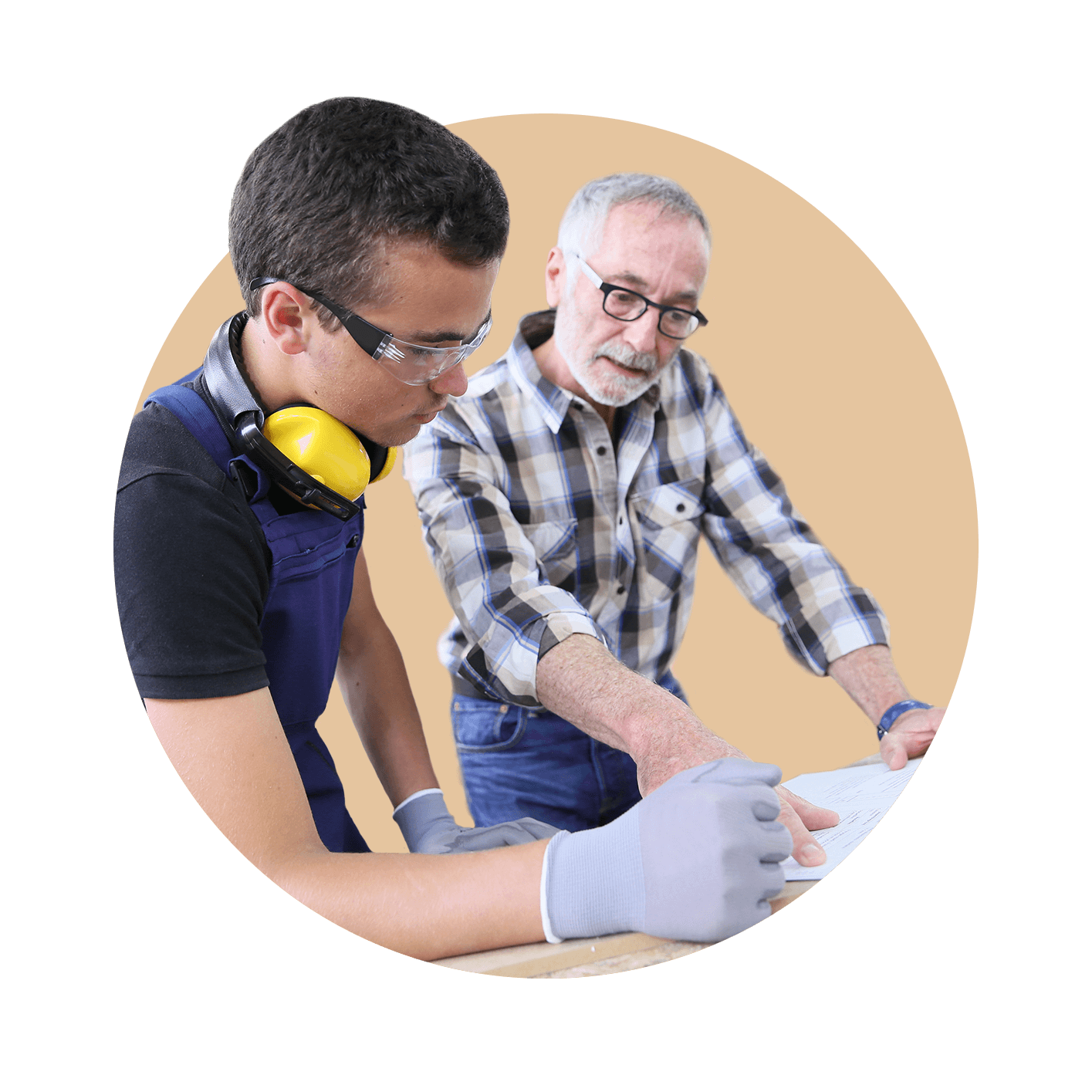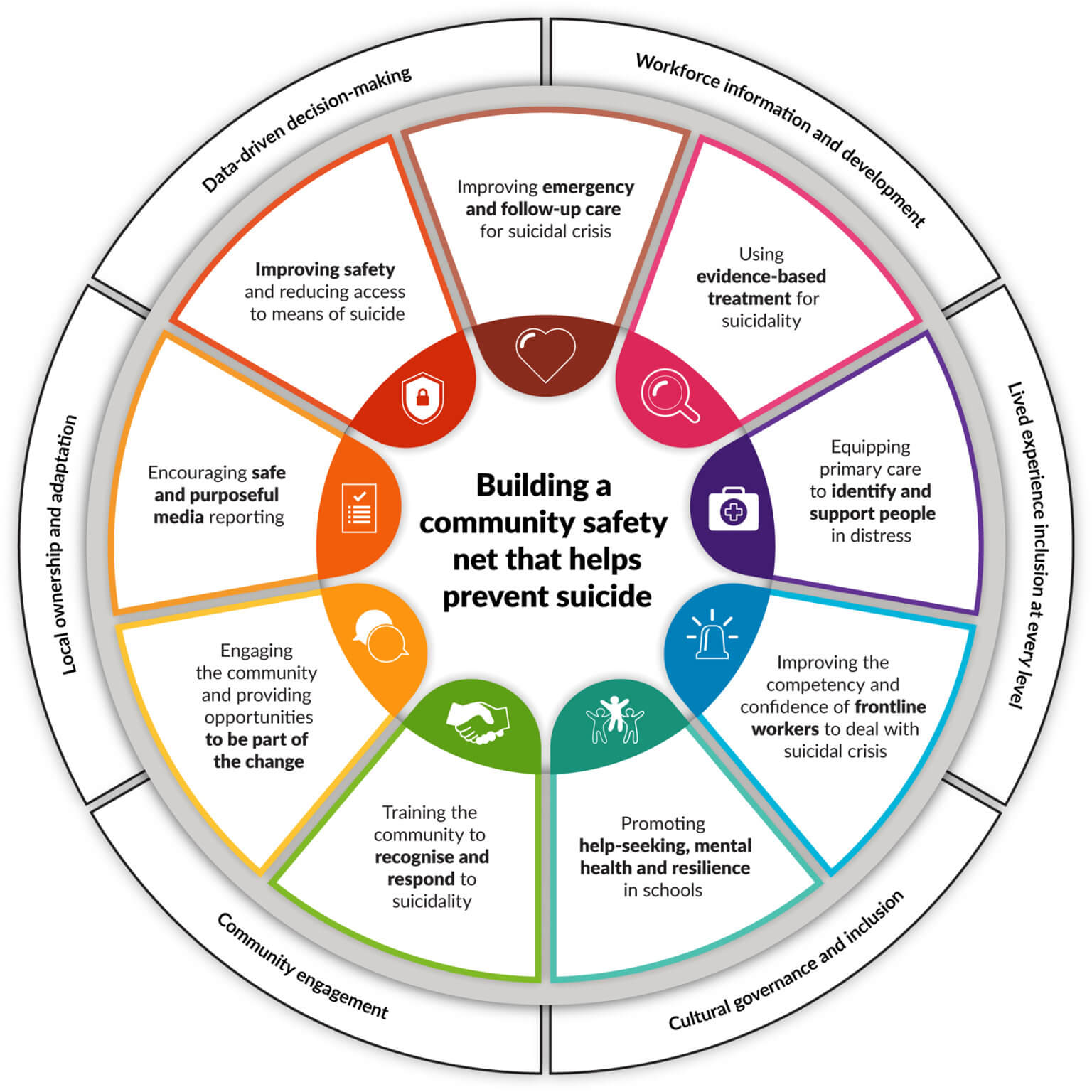Using lived experience to help prevent suicide in the south east
Place-based suicide intervention is aimed at regions with higher-than-average or accelerating rates of suicide and self-harm.
Related Tags

SEMPHN provides a range of suicide prevention initiatives across the catchment through direct service delivery including:
- ‘The Way Back Support Service’
- ‘Support After Suicide’, capacity building such as Suicide First Aid training through LivingWorks,
- Postvention Coordination through Jesuit Social Services,
- Resource development such as postvention resources to promote help-seeking,
- Engagement with collaboratives and networks such as the South East Metro Aboriginal Suicide Prevention and Healing Network (SEMASPAHN) and the Frankston Mornington Peninsula Collaborative.
Suicide prevention is a shared focus of the Victorian Department of Health and the six Victorian Primary Health Networks, who partnered on trials in 12 locations across the state. In the SEMPHN region, trials were undertaken in the high-risk local government areas of Frankston, Mornington Peninsula, Dandenong, Casey and Cardinia.
The aim has been to not only reduce rates of suicide, but improve people’s resilience and wellbeing, and that of their communities. Suicide prevention groups from different sectors developed and implemented local responses and evidence-based strategies, and undertook significant activities in 2021–22.
Local stakeholders met regularly to develop and prioritise local suicide prevention activities. Key projects and initiatives are described below.
Suicide Prevention Place-Based Trials
The trials form part of The Victorian Suicide Prevention Framework 2016-2025 which sets a target to halve Victoria’s suicide rate by 2025. Established in 2016 the Victorian Government extended the trials for a further two years until June 2022.
The trials were conducted in Greater Dandenong, Casey and Cardinia and Frankston and Mornington Peninsula and were based on the Lifespan model (Black Dog Institute), an integrated approach to suicide prevention that combines nine strategies with strong evidence bases into a single model. When implemented simultaneously, the model predicts a reduction of suicide deaths by 21% and attempts by 30%.

Through experience and learning gathered through our network, SEMPHN expanded this model by four additional areas of focus;
- Actions to lower the impact of suicide and sudden loss (postvention)
- Suicide prevention among groups or individuals at higher risk
- Actions to understand and enhance individual and community protective factors
- Promoting system reform and integration to enhance efficiency and effectiveness.
The Trials were delivered at a community level, providing opportunities for the community to be part of the change through the support of local grass roots initiatives.
In 2021-22, SEMPHN also recommitted to
the Way Back Support Service, a suicide prevention program developed by
Beyond Blue that delivers personalised support to people who have attemped suicide. Evidence shows 15 to 25 per cent of those who attempt suicide will try again in the three months following discharge from hospital. The Way Back Support Service is designed to guide people safely through this critical period.
Engaging at-risk Culturally and Linguistically Diverse community groups in Dandenong
Given the diversity in culture, ethnicity and religion in Greater Dandenong, there is a need for tailored suicide prevention activities to address the specific nuances of how mental health and suicide are understood and responded to in new or emerging communities. SEMPHN has been listening, learning and working with leaders from Culturally and Linguistically Diverse (CALD) communities to better understand how to increase people’s understanding of suicide risk and where to get support.
In 2021-22, SEMPHN continued to support
Roses in the Ocean
to deliver a series of videos for the South Sudanese community in Greater Dandenong. Working in partnership, we invested extensively in the co-design process for these videos, which involved meeting with community members and key influencers and attending community gatherings and local cultural events. The videos were delivered by professional facilitators who also have lived experience of suicide.
The Place-Based Trials have been a positive initiative that have provided SEMPHN the opportunity to work in new and innovative ways and to engage purposefully and authentically with the community. While the Trials have ended, suicide prevention activities have been underway in our catchment for many years and will continue well beyond the life of the Trials.
Sustainability planning was a key component in the last two years of the place-based trials, with initiatives such as the establishment of local Collaboratives with key area contacts and lived experience experts who continue to build resources and connect together.
Up next:
Recognising and responding to suicidality
Sometimes friends, family, colleagues, even a professional connection can be the first to see that there is something wrong. We helped more than 1300 community members know what to do.







